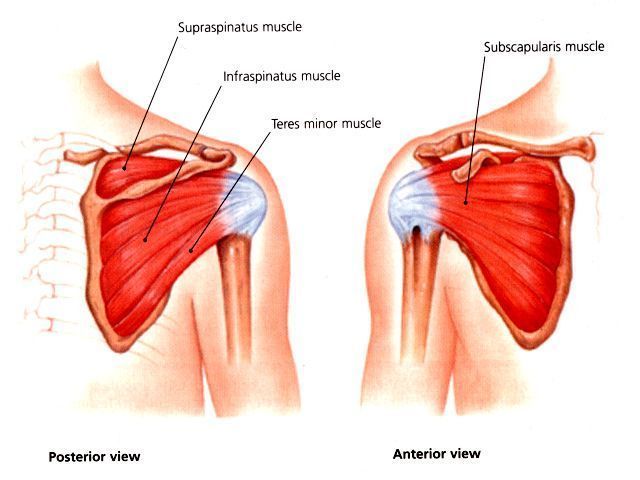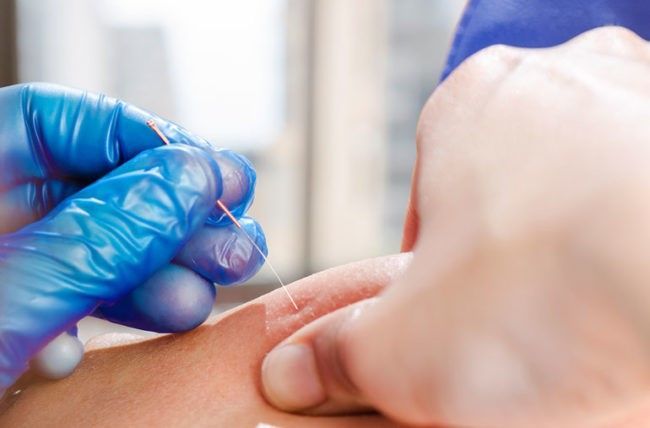Lateral Collateral Ligament Injuries
Lateral Collateral Ligament Injuries
The lateral collateral ligament (LCL) is located on the outside of the knee. It is the primary restraint to various stresses and can be injured through sport. LCL injuries are not as common as medial collateral ligament (MCL) injuries. However, LCL injuries rarely occur in isolation, which is why it is important to have it assessed by a Charted Physiotherapist to determine if other structures are involved and provide you with the best course of management.
Mechanism of Injury
The LCL can be injured when the tibia has been forcefully turned out or when the knee goes into hyperextension. For example, in soccer, landing from a header and tackling can put the knee into this position. It is also very common for athletes to continue to play on despite sustaining an injury to this ligament. This is down to the strength of other supporting structures around the area including the posterior capsule and posterolateral corner, made up of the LCL, popliteus, biceps femoris and the popliteofibular ligament.
Symptoms
- Pain on the outside of the knee
- Discomfort when kicking a ball
- Feelings of instability
Management
Initial management may include bracing or non-weight bearing through crutches dependent on the extent of the injury. It is important to start strengthening exercises early in the rehabilitation process to prevent muscle atrophy and allow ligament modification. As always, exercise based rehabilitation plays an important role in the recovery of LCL injuries. Without active participation of the athlete, the outcomes are likely to be poor. Timeframe in terms of return to play can be anywhere from between 6 and 12 weeks.




